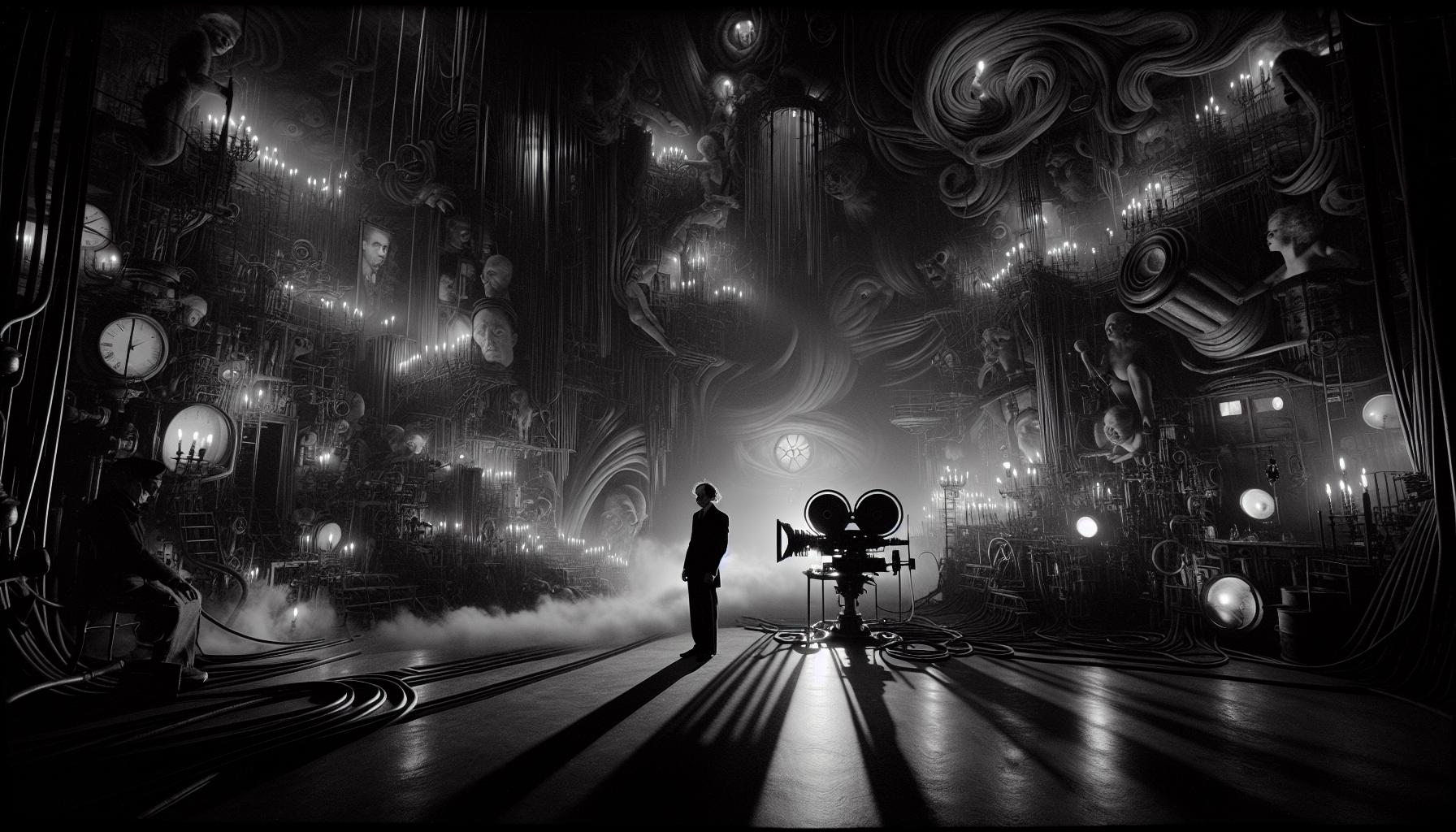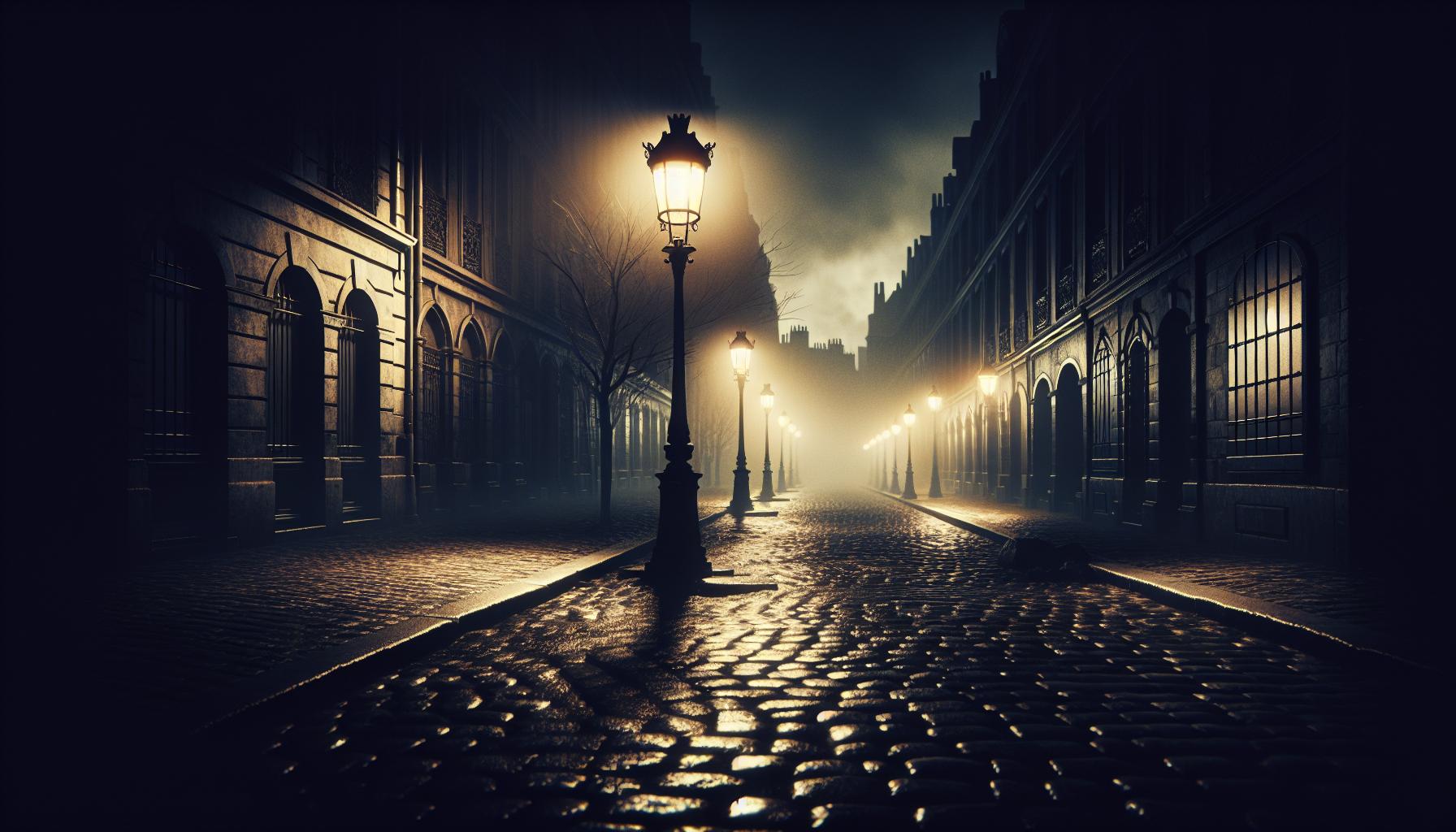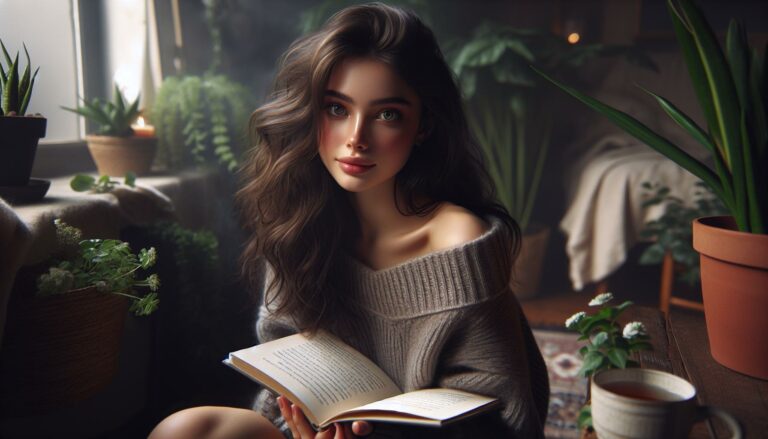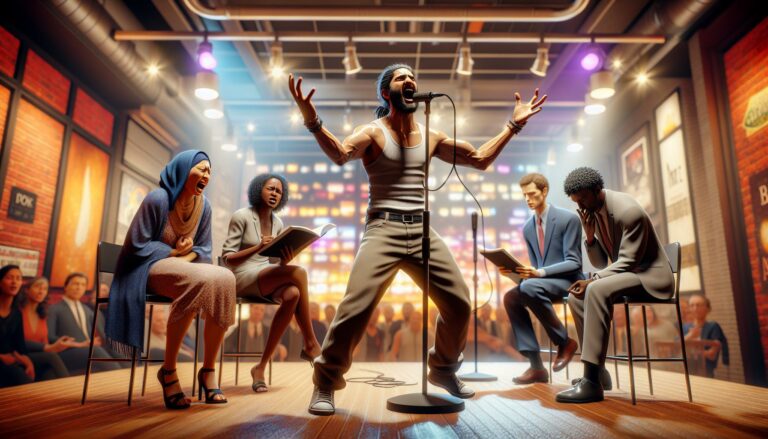French horror films have carved out their own deliciously dark niche in cinema history with a distinctive blend of artistic flair and unapologetic brutality. While Hollywood focuses on jump scares and supernatural thrills French filmmakers dive deeper into psychological terror and raw human nature creating experiences that’ll haunt viewers long after the credits roll.
From the groundbreaking Eyes Without a Face (1960) to modern masterpieces like Raw (2016) French horror continues to push boundaries and challenge audiences’ expectations. These films don’t just frighten – they explore complex themes of identity sexuality and societal taboos with a sophistication that’s uniquely French. With their signature combination of arthouse sensibilities and visceral horror they’ve earned the nickname “French Extremity” among genre enthusiasts and critics alike.
The Rise of French Horror Cinema
French horror cinema experienced significant growth during the late 1990s through the 2000s, marking a transformative period known as “New French Extremity.” Directors Alexandre Aja, Pascal Laugier, and Julia Ducournau emerged as prominent figures in this movement, creating films that pushed artistic boundaries.
Key films from this era revolutionized horror storytelling:
- “High Tension” (2003) introduced intense psychological violence
- “Inside” (2007) explored themes of motherhood through graphic horror
- “Martyrs” (2008) combined philosophical depth with extreme brutality
- “Raw” (2016) merged coming-of-age narratives with cannibalistic horror
Box office performance demonstrated the genre’s commercial appeal:
| Film Title | Year | Global Box Office (USD) |
|---|---|---|
| High Tension | 2003 | $6.8 million |
| Inside | 2007 | $4.2 million |
| Martyrs | 2008 | $5.1 million |
| Raw | 2016 | $8.4 million |
French filmmakers distinguished themselves by incorporating:
- Artistic cinematography that elevated horror visuals
- Complex narrative structures beyond traditional plot formats
- Social commentary on contemporary French society
- Technical innovation in practical effects
International film festivals embraced these productions, with “Raw” winning the FIPRESCI Prize at Cannes 2016. Major streaming platforms now feature dedicated French horror sections, expanding global audience reach. Critics praise these films for their unflinching approach to violence while maintaining artistic integrity.
The movement continues to influence modern horror, inspiring filmmakers worldwide to explore darker themes through artistic expression.
Notable Eras in French Horror Film History

French horror cinema evolved through distinct periods that shaped its unique identity in global film culture. Each era contributed signature elements to the genre’s development.
The Surrealist Movement
The 1920s marked the emergence of surrealist horror in French cinema, led by directors like Jean Epstein and Georges Franju. Films such as “The Fall of the House of Usher” (1928) incorporated dreamlike imagery, psychological themes and avant-garde techniques to create unsettling atmospheres. The movement’s emphasis on blending reality with fantasy influenced landmark works like “Eyes Without a Face” (1960), establishing core elements of French horror aesthetics. Directors manipulated lighting, employed experimental camera angles and used symbolic imagery to explore the human psyche. This artistic approach distinguished French horror from conventional scary movies, creating a foundation for future filmmakers to build upon.
New French Extremity Wave
The late 1990s ushered in an era of boundary-pushing French horror that gained international attention. Directors like Alexandre Aja, Pascal Laugier and Claire Denis crafted films characterized by graphic violence, philosophical themes and social commentary. “High Tension” (2003) launched this movement into mainstream consciousness, followed by “Inside” (2007) and “Martyrs” (2008). These films explored themes of identity, trauma and existential dread through intense visceral experiences. The movement’s impact extended beyond France, inspiring filmmakers worldwide to embrace more challenging narrative structures. Notable features included meticulous cinematography, complex female protagonists and a willingness to confront societal taboos head-on. Films from this period earned critical acclaim at prestigious festivals like Cannes and Venice.
Key Directors and Their Contributions
French horror cinema owes its distinctive identity to visionary directors who shaped the genre across different eras. These filmmakers combined artistic sensibilities with horror elements to create unique cinematic experiences.
Jean Rollin’s Vampire Films
Jean Rollin revolutionized vampire cinema through his surrealist approach from 1968 to 2010. His films “The Nude Vampire” (1970) “The Shiver of the Vampires” (1971) “Fascination” (1979) established a dreamlike aesthetic that merged eroticism with gothic horror. Rollin’s signature style incorporated abandoned French châteaux coastal locations ethereal female vampires art nouveau imagery. His work influenced modern directors through its poetic visual composition unconventional narratives focus on atmosphere over traditional scares. The director’s 30+ horror films created a distinct subgenre that emphasized visual storytelling over dialogue.
Alexandre Aja’s Modern Impact
Alexandre Aja emerged as a pivotal figure in French horror with “High Tension” (2003), marking a turning point in contemporary genre filmmaking. His directorial style combines graphic intensity with psychological complexity, demonstrated in “Mirrors” (2008) “Piranha 3D” (2010) “Crawl” (2019). Aja’s international success opened doors for French horror directors in Hollywood, generating $285 million in combined box office earnings across his horror films. His work features:
- Technical innovations in practical effects
- Dynamic camera movements
- Sophisticated sound design
- Cross-cultural horror elements
- Reimagined classic horror tropes
The director’s influence extends beyond French borders, inspiring a new generation of filmmakers in both European independent cinema global mainstream horror.
Iconic French Horror Movies and Their Legacy
French horror cinema features several groundbreaking films that redefined the genre through their innovative approaches to terror, cinematography, and narrative structure. These films showcase distinctive storytelling techniques that blend psychological horror with visceral imagery.
Inside (2007)
“Inside” (À l’intérieur) exemplifies the brutality of French extremity horror through its claustrophobic tale of a pregnant widow terrorized by a mysterious woman on Christmas Eve. Directors Alexandre Bustillo and Julien Maury craft intense suspense through minimal locations, focusing on the psychological warfare between the two female leads. The film garnered critical acclaim for its practical effects, earning recognition at the Toronto International Film Festival. Lead actresses Alysson Paradis and Béatrice Dalle deliver raw performances that emphasize themes of motherhood and loss. The film’s success influenced subsequent home invasion thrillers and demonstrated how French horror effectively combines atmospheric tension with graphic violence.
High Tension (2003)
“High Tension” (Haute Tension) launched director Alexandre Aja into international prominence through its masterful combination of slasher elements and psychological complexity. The film follows two female college students whose countryside getaway transforms into a bloody nightmare. Cécile de France stars as Marie, delivering a performance that garnered attention at the Sitges Film Festival. The film’s practical effects by Giannetto De Rossi create memorable gore sequences that influenced modern horror aesthetics. Its controversial ending sparked debates about narrative reliability and gender dynamics in horror cinema. The movie’s commercial success in North America opened doors for French horror films in international markets.
Recurring Themes and Artistic Elements
French horror cinema stands out for its distinctive artistic elements that blend visceral terror with philosophical depth. These films incorporate specific visual motifs and thematic elements that set them apart from mainstream horror productions.
Body Horror and Gore
French horror films excel in depicting physical transformation through practical effects and makeup artistry. Directors like Alexandre Bustillo and Julien Maury in “Inside” (2007) create hyperrealistic gore effects that serve narrative purposes beyond shock value. The body horror elements in films such as “Raw” (2016) incorporate themes of sexuality, identity transformation and cannibalism through precise cinematography techniques. Notable examples include “Martyrs” (2008) which uses extreme body modification to explore transcendental experiences and “Frontier(s)” (2007) which depicts graphic violence as commentary on political extremism. These films emphasize practical effects over CGI, creating tangible horror that resonates with audiences through its authenticity.
Psychological Terror
French horror films explore deep psychological trauma through innovative narrative structures and visual techniques. Films like “High Tension” (2003) employ unreliable narrators to destabilize viewer perspectives, while “Possession” (1981) uses surreal imagery to represent mental breakdown. The psychological elements manifest through atmospheric tension, character studies and symbolic imagery rather than traditional jump scares. Directors like Pascal Laugier in “Martyrs” blend philosophical concepts with psychological horror to examine themes of suffering and transcendence. The genre frequently incorporates elements of isolation, paranoia and identity crisis through claustrophobic settings, intimate camera work and disorienting sound design.
Cultural Impact and Global Influence
French horror films have reshaped international genre cinema through their distinctive approach to terror and artistry. American remakes of French horror classics demonstrate this influence, with Alexandre Aja’s “High Tension” (2003) inspiring “P2” (2007) and “Maniac” (2012).
Major film festivals recognize French horror’s artistic merit, evidenced by Julia Ducournau’s “Raw” winning the FIPRESCI Prize at Cannes 2016. International directors cite French extremity as inspiration, including Guillermo del Toro’s acknowledgment of “Eyes Without a Face” influencing “The Devil’s Backbone” (2001).
| French Horror’s Global Impact | Statistics |
|---|---|
| International Remakes (2000-2020) | 15+ |
| Film Festival Awards | 25+ |
| Box Office Revenue (Global) | $320M+ |
| Countries Distributing French Horror | 40+ |
French horror techniques permeate modern global cinema through:
- Practical effects prioritizing realism over CGI
- Complex female protagonists challenging genre norms
- Philosophical themes integrated with visceral horror
- Innovative cinematography emphasizing atmosphere
- Surrealist elements blending reality with nightmare
Modern streaming platforms expand French horror’s reach, with films like “Martyrs” (2008) gaining cult followings across Asia America. Directors Pascal Laugier Marina de Van influence contemporary filmmakers through master classes workshops at international film schools.
The genre’s impact extends to academic discourse, with universities offering courses analyzing French horror’s social commentary artistic innovation. Film preservation organizations actively restore classic French horror films, ensuring their continued influence on future generations of filmmakers.
Conclusion
French horror cinema stands as a testament to the genre’s capacity for artistic innovation and psychological depth. From its surrealist roots to the New French Extremity movement these films have consistently pushed boundaries while maintaining artistic integrity.
The impact of French horror extends far beyond national borders influencing filmmakers worldwide and reshaping audience expectations. With its unique blend of philosophical themes practical effects and raw emotional power French horror continues to evolve and challenge viewers.
Today’s French horror filmmakers carry forward this legacy creating works that both honor their predecessors and forge new paths in cinematic storytelling. Their commitment to artistic excellence and willingness to confront difficult themes ensures the genre’s lasting significance in global film culture.




